You want your digital marketing agency’s billings to go up.
To increase your agency’s earnings, you must keep up with the needs of the brands you serve.
So, let’s look at what’s up in the digital agency world by unpacking recent data from several trusted sources.
Advertising is still highly relevant
“The death of advertising has been greatly exaggerated,” say the authors of the Agency Spotter 2019 Marketing Trends Report.
The volume of searches on their platform provides the data for this.
Note: the reason the donut chart features a large percentage of ‘other services’ is the Agency Spotter site enables users to search among 41 services in total.
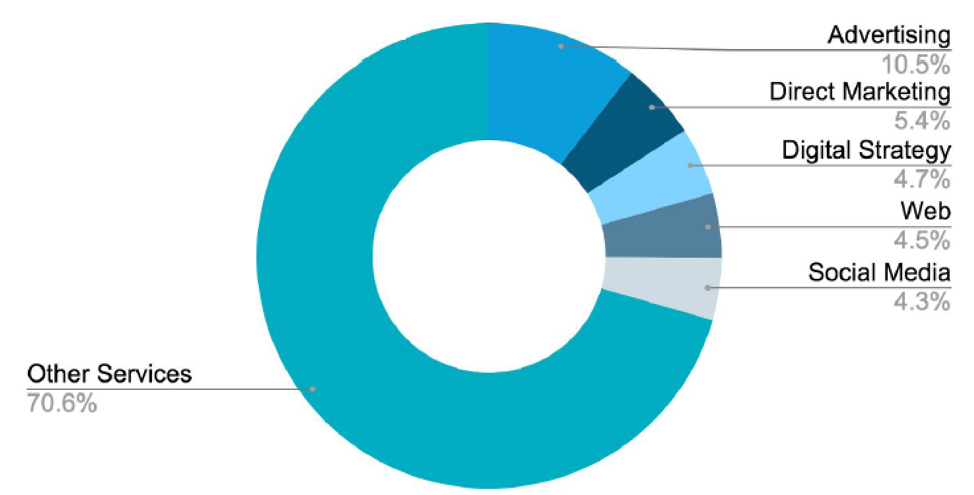
Advertising leads against all services. Data from the Gartner 2018 CEO Survey claims advertising dominates the chief marketing officer’s (CMO) multi-channel budget, with over 21% of marketing spend.
The report dedicates a page to ‘winners and losers,’ where they list services going up, down and hanging around.
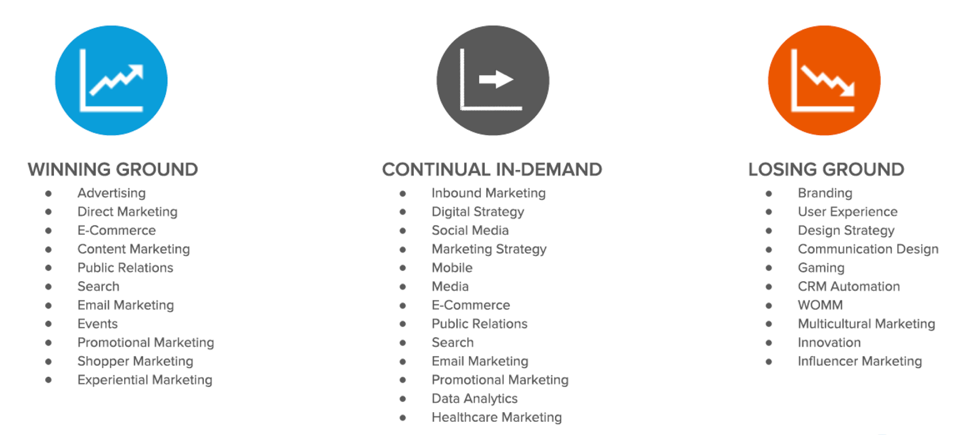
Services are expanding
Many agencies plan to add services.
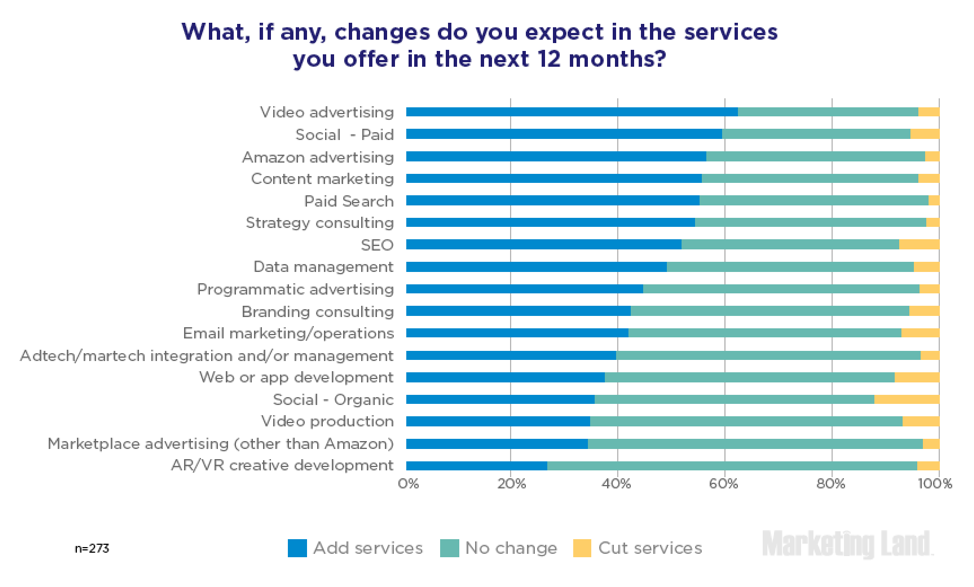
Data from A Business in Flux, a report published by MarketingLand, shows that more than half of agencies will add services in the next twelve months, including video advertising, paid social, Amazon advertising, content marketing, paid search, strategy consulting and SEO. Note that programmatic advertising came in the ninth position, with more than 40% of agencies adding services here.
Furthermore, the study shows agencies are moving towards adding media services directly tied to revenue and if they’re cutting anything, it’s the less measurable services.
Here’s a look at the services they offer now:
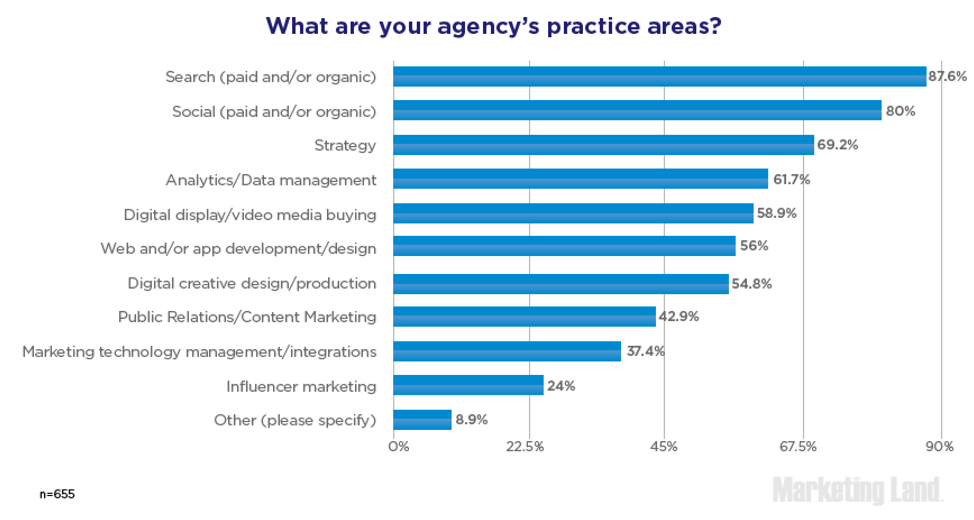
Notice search and social top the list. Will the demand for delivering native advertising services soon be met?
38 Case Studies From Brands That Have Succeeded With Taboola
Budgets are up
CEOs and CMOs agree: marketing budgets are growing. Digital media is the reason why. Data from the 2018 Nielson CMO Report claims that 82% of CMOs expect to increase digital media spend.
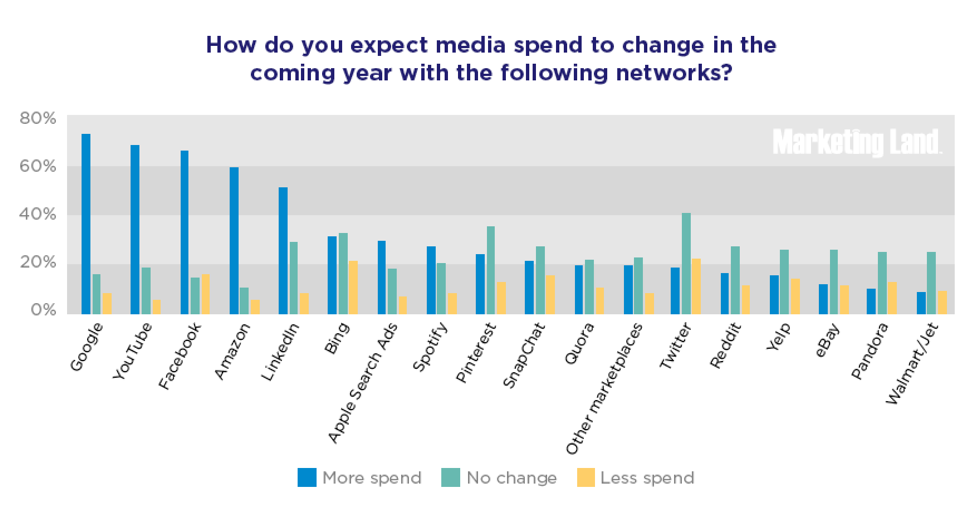
Agencies expect Google, YouTube, Facebook, Amazon and LinkedIn to lead increases in media spend in the next year. More than half of the respondents forecast greater spend on these five networks.
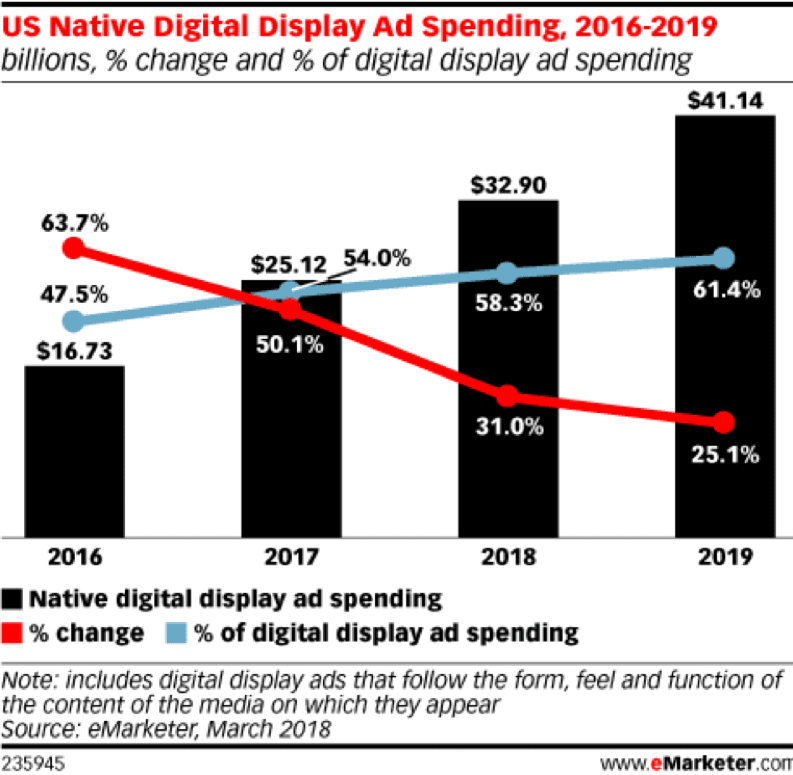
What about native?
According to eMarketer, native advertising now accounts for more than half of all digital display spending by US marketers.
Reliance on Return on investment is on the up
Although data from these studies reflects a high degree of confidence in digital marketing services and media spending strategies, few marketers are confident that it can quantify return on investment (ROI). Nielson says only one in four marketers are highly confident that they’re successful in this regard.
Gartner’s data shows CMOs are still using metrics that have little meaning outside the marketing organization, with most placing more emphasis on awareness than ROI and/or market share. Gartner goes on to claim that marketers feel confident in digital services such as search, web and email because the ROI seems easy to measure.
Econsultancy’s Future of Marketing research strikes a similar chord, claiming that maximizing the ROI on campaigns is the top objective for 49% of advertisers over the next five years.
Hiring is on the rise
With 70% of digital agencies hiring, this industry is clearly in growth mode.
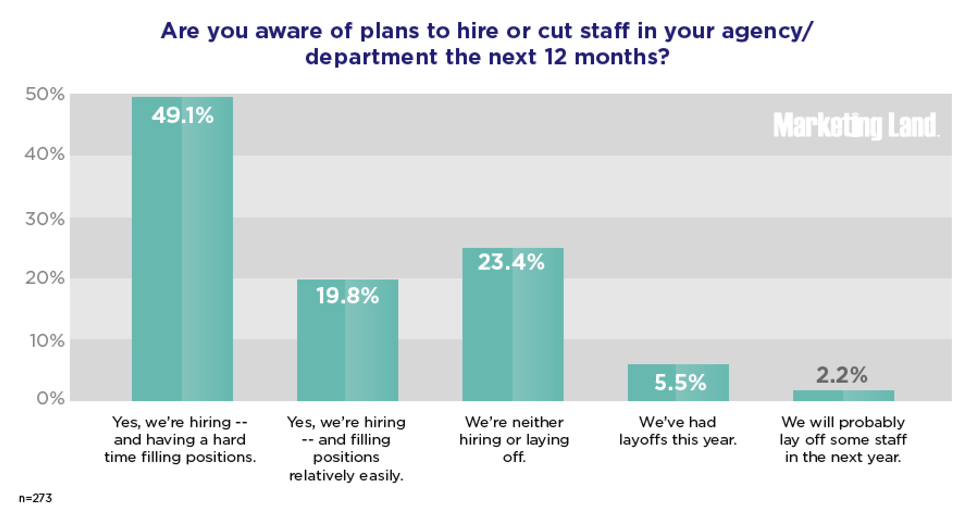
But, although hiring looks healthy, nearly 50% of digital agencies claim to have trouble filling positions. Approximately 20% claim it’s relatively easy.
The demand for technical talent is up
Digital marketers must gather and analyze data tied to campaign creation, management, workflow and results and they must also communicate their findings to their clients.
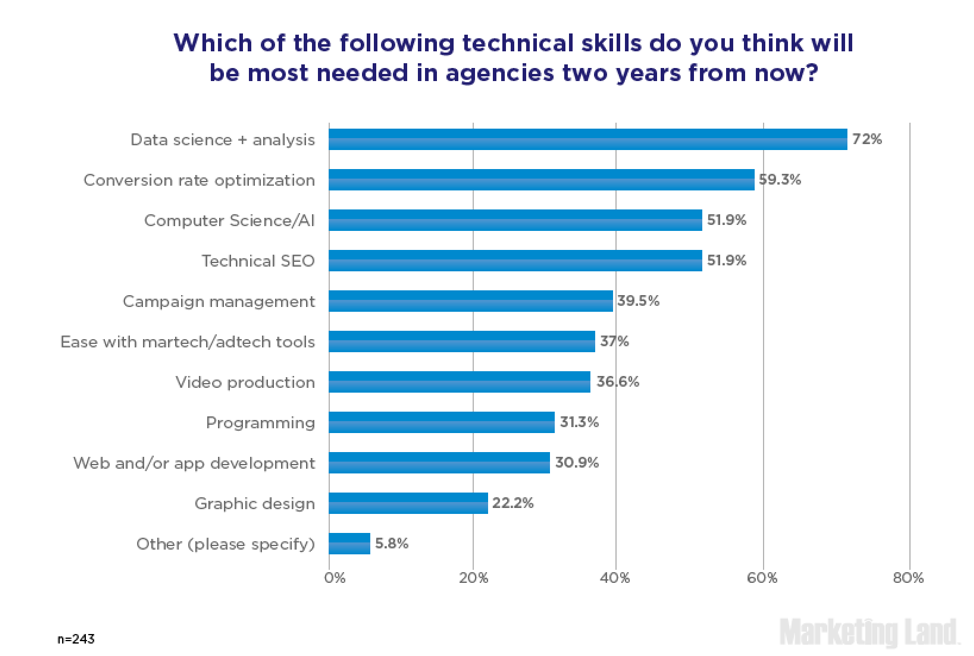
Based on the way the skills above stack up in terms of demand, it’s clear digital marketing is continuing to become more scientific.

When asked to grade their command of technology management, the grades ran the gamut. Only 20% gave themselves five stars.
Certain concerns are going up too
Lots of roses, right? Now it’s time to consider the thorns.
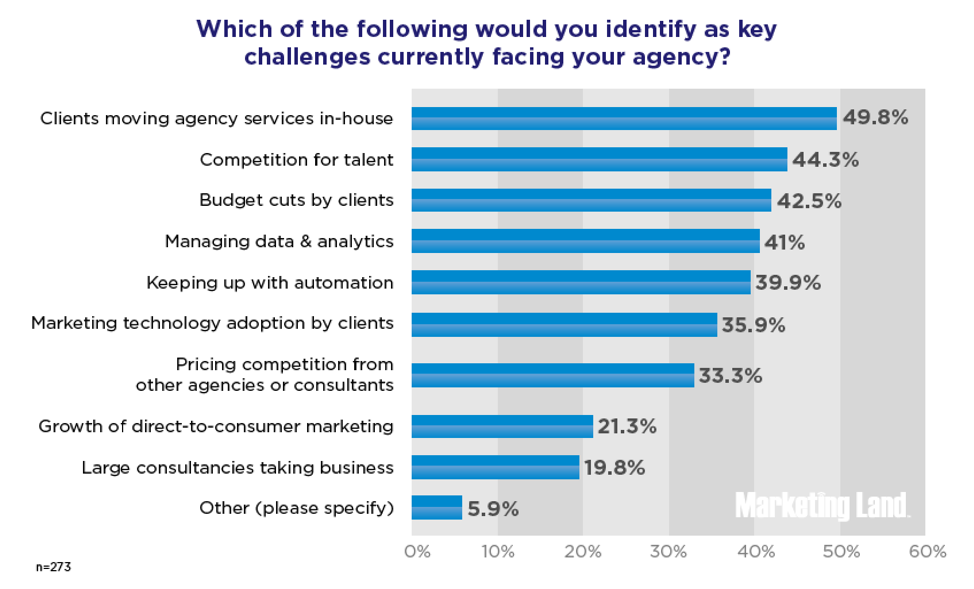
The challenges digital marketing agencies are most concerned about include:
- Clients bringing services in-house
- Competition for talent
- Budget cuts (despite the fact that we’ve established most budgets are expanding)
- Managing data and analytics
- Keeping up with automation
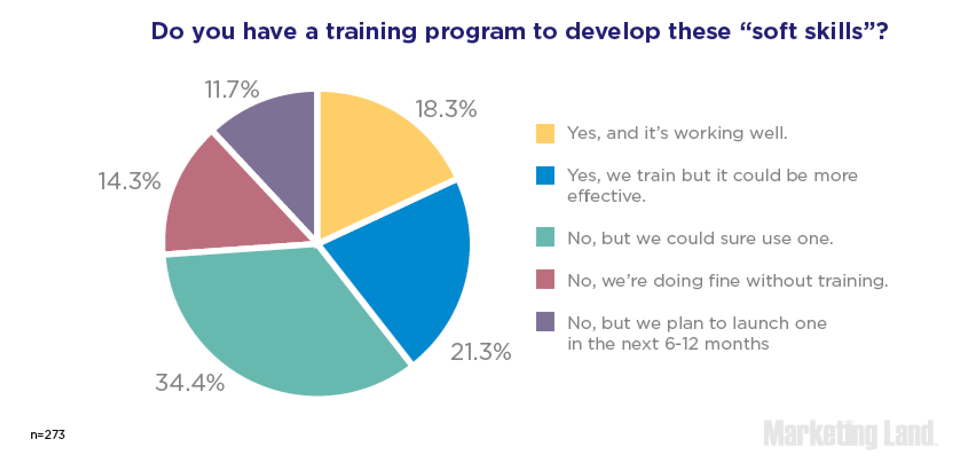
While 40% of agencies have a training program to develop the skills identified as valuable, only 18% feel the programs are working well. While 14% are doing fine without a training program.
Something’s always up
The MarketingLand study concludes by saying it’s a challenging time for digital agencies. It points out that the industry is in transformation.
The digital marketing industry, however, has been evolving since it existed and will transform forever more.
It may never be perfect, but it’ll remain progressive, promising — and potentially profitable — for agencies large and small able to continuously respond to the needs of their clients.
The sources of those cited in this post are: